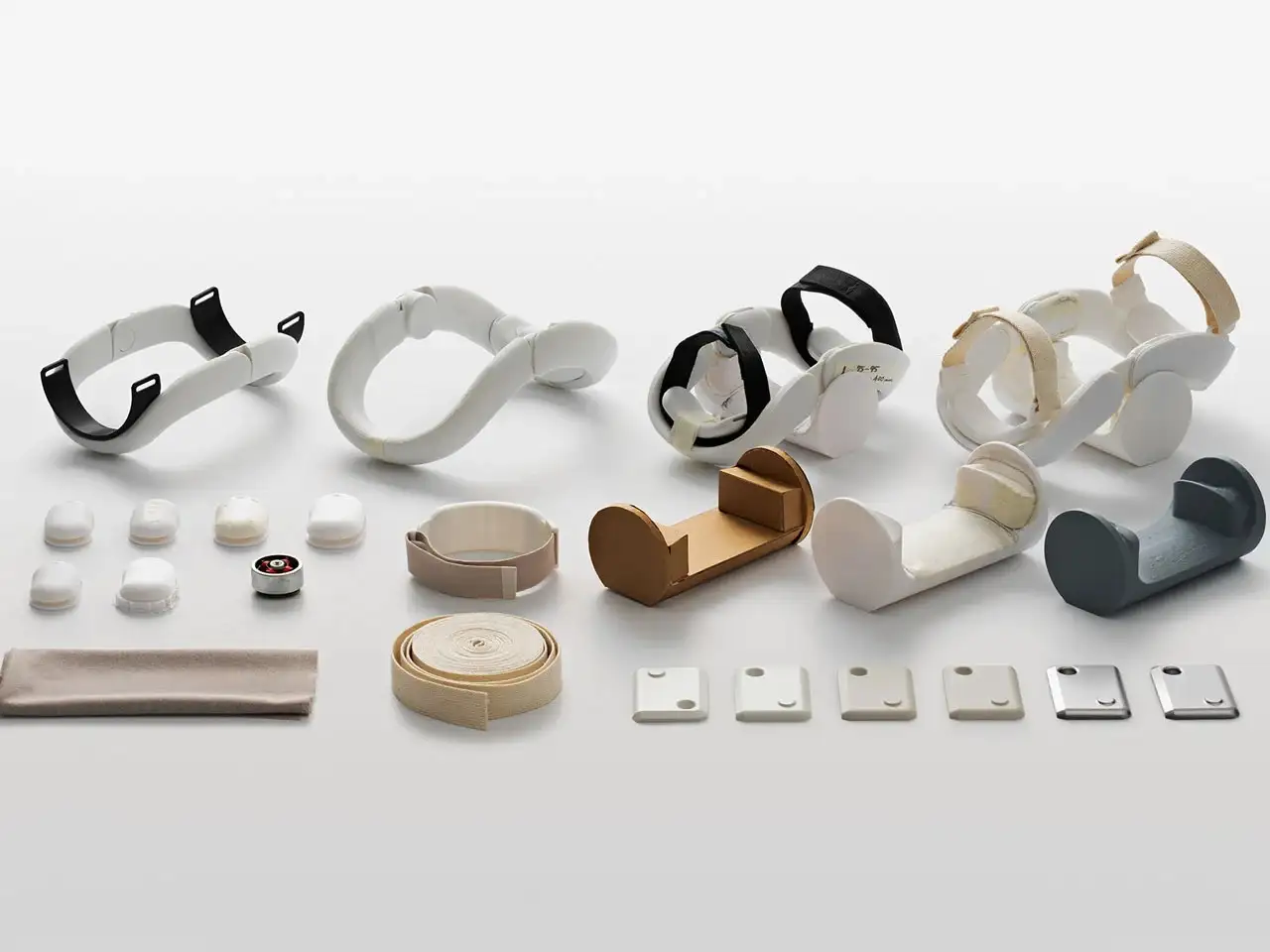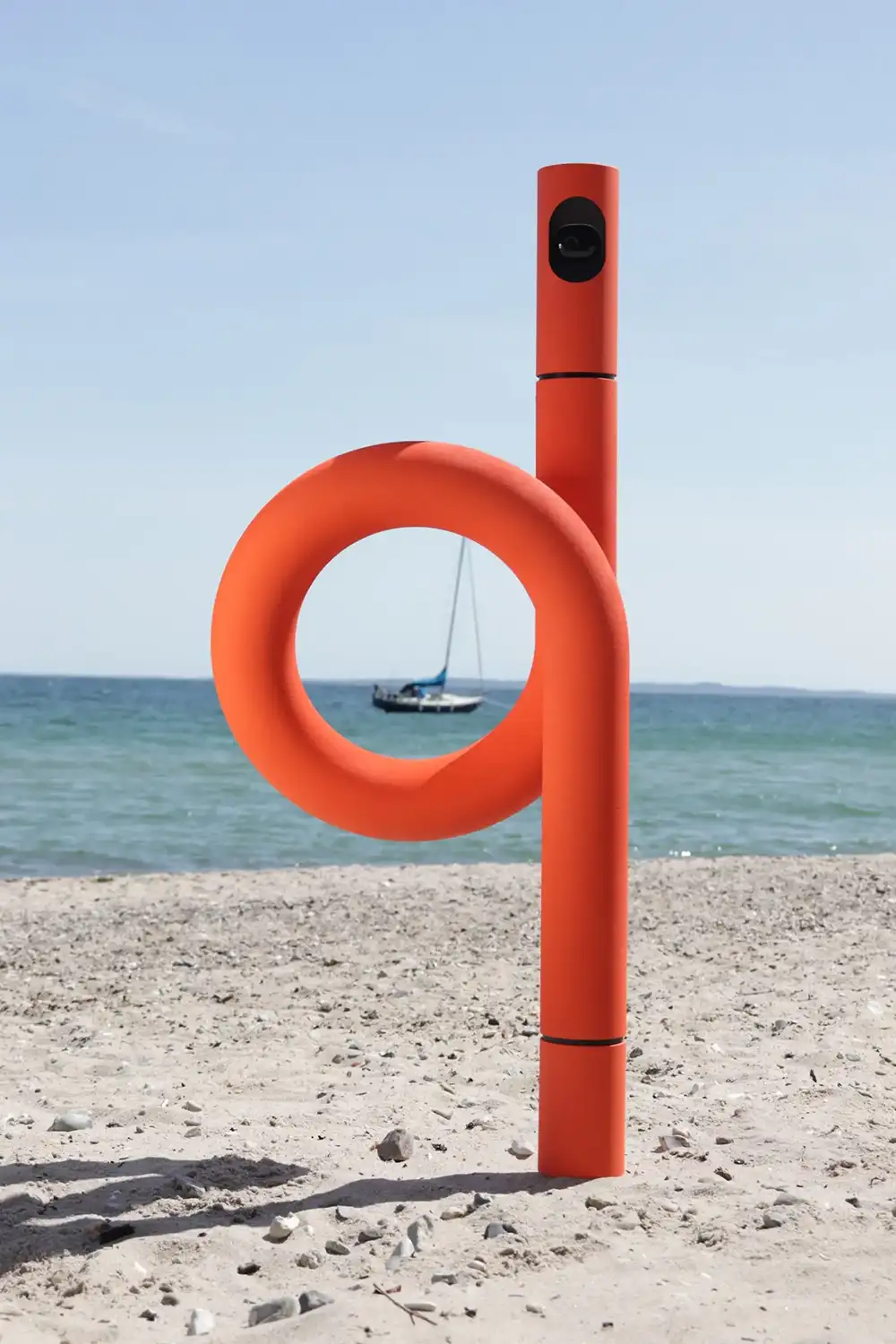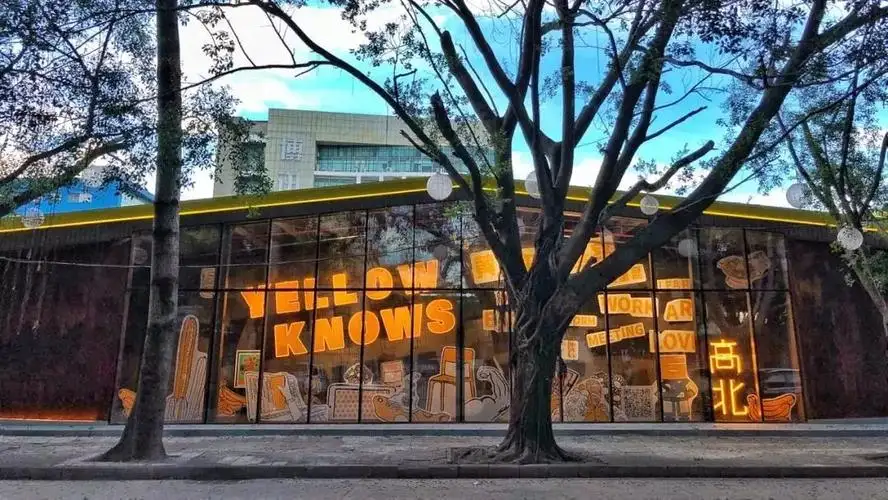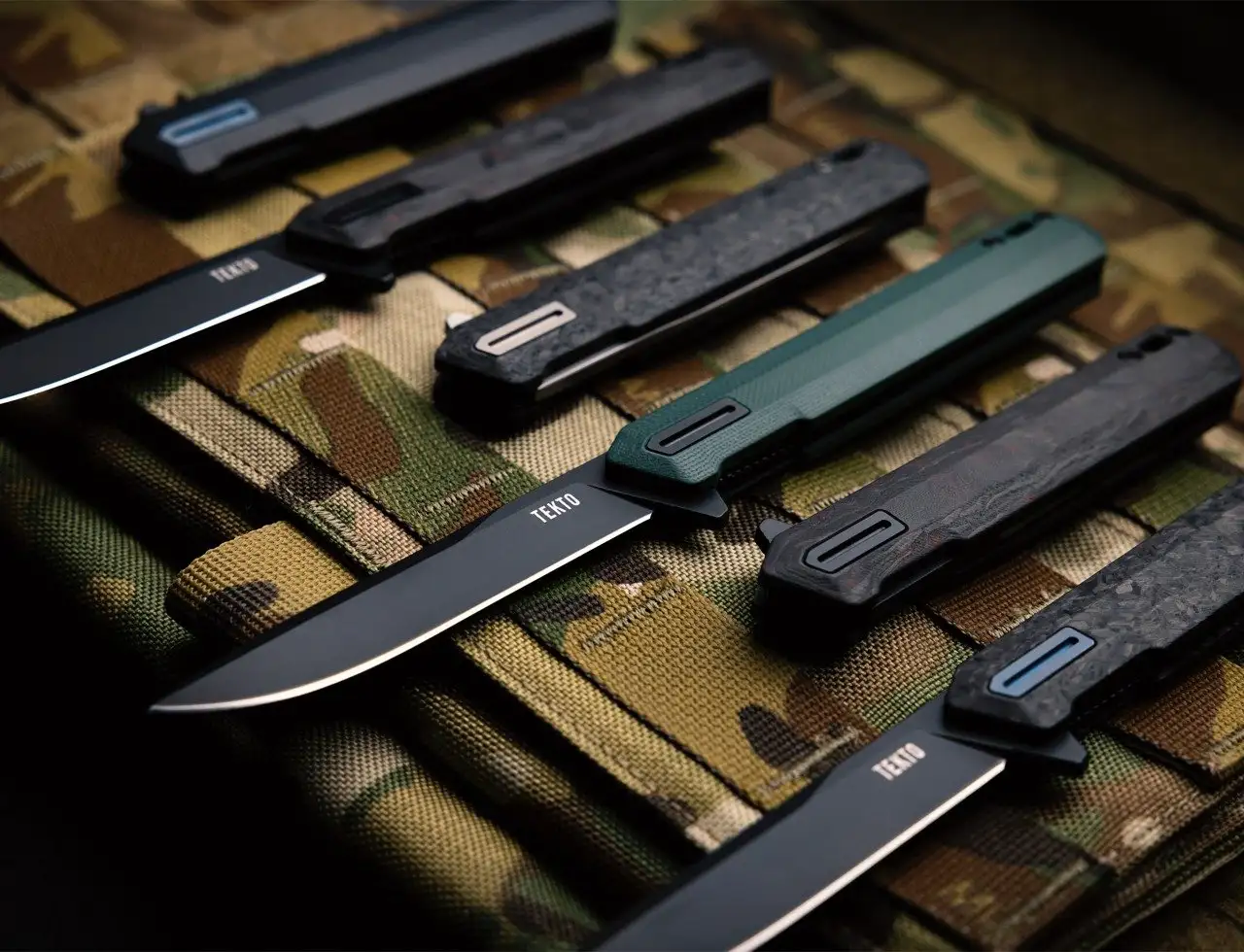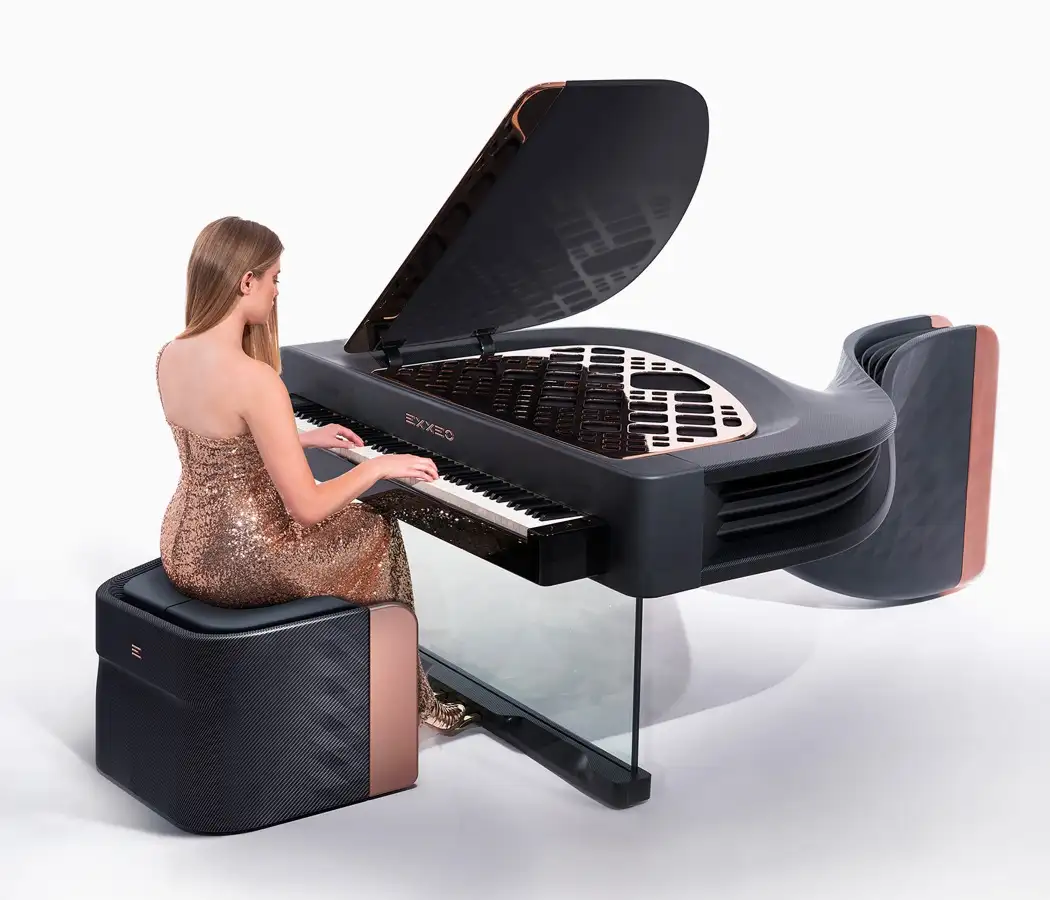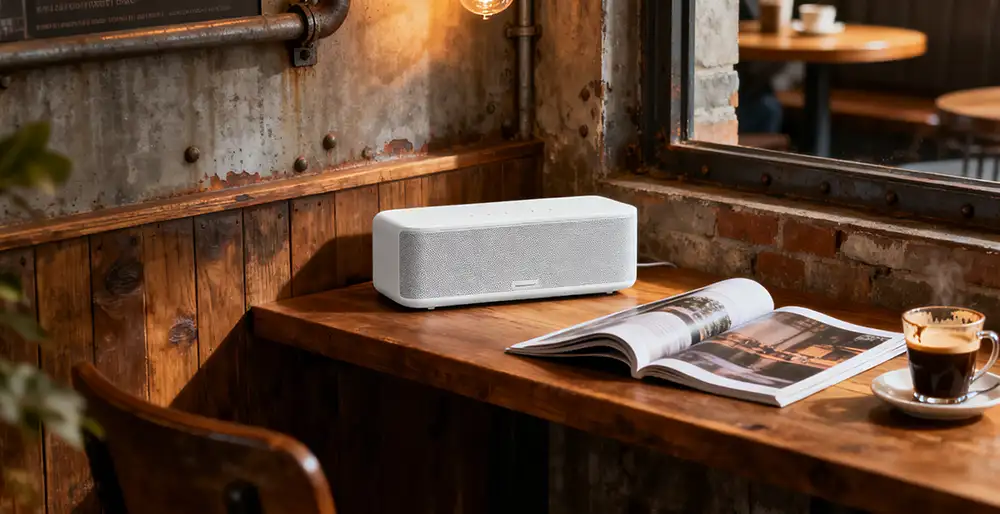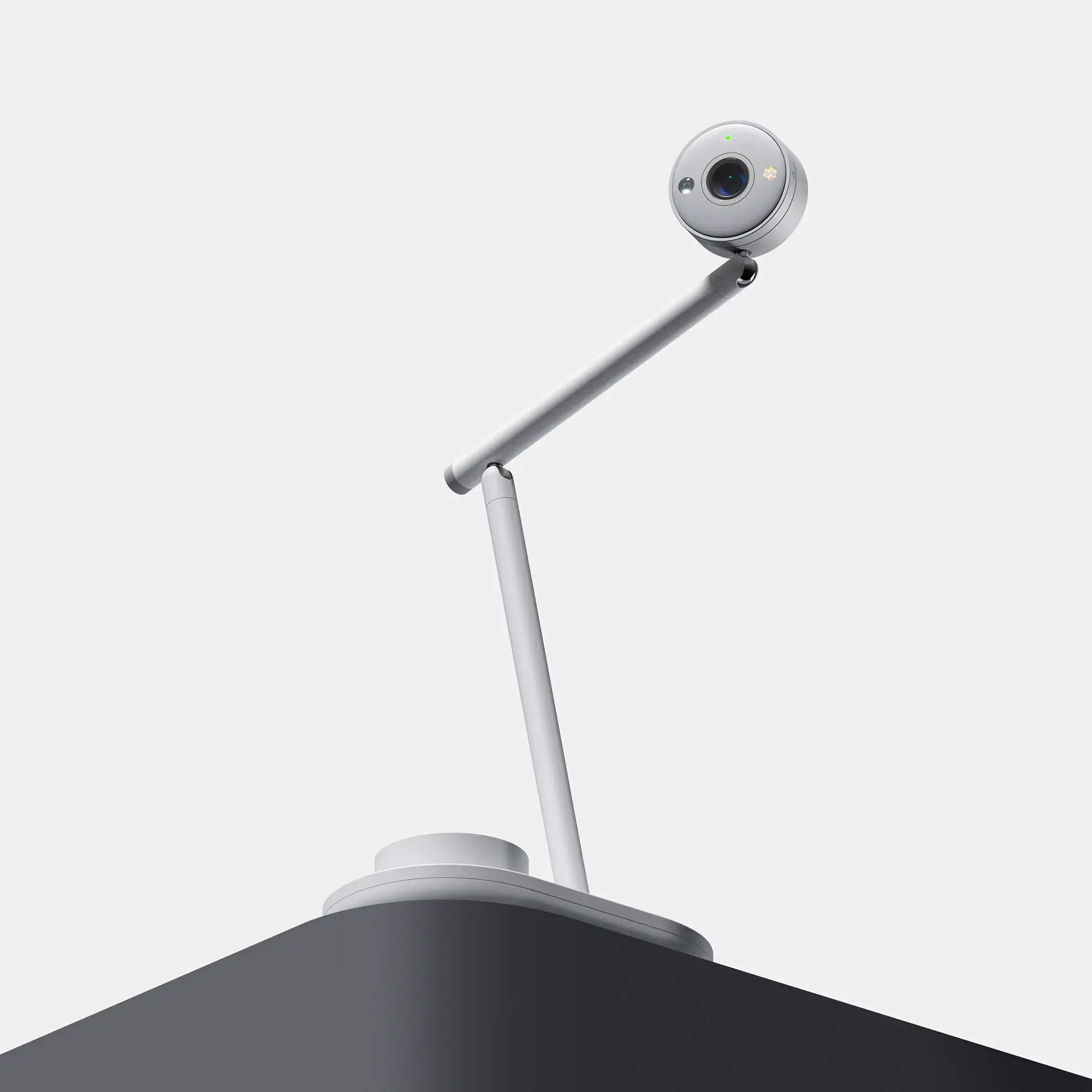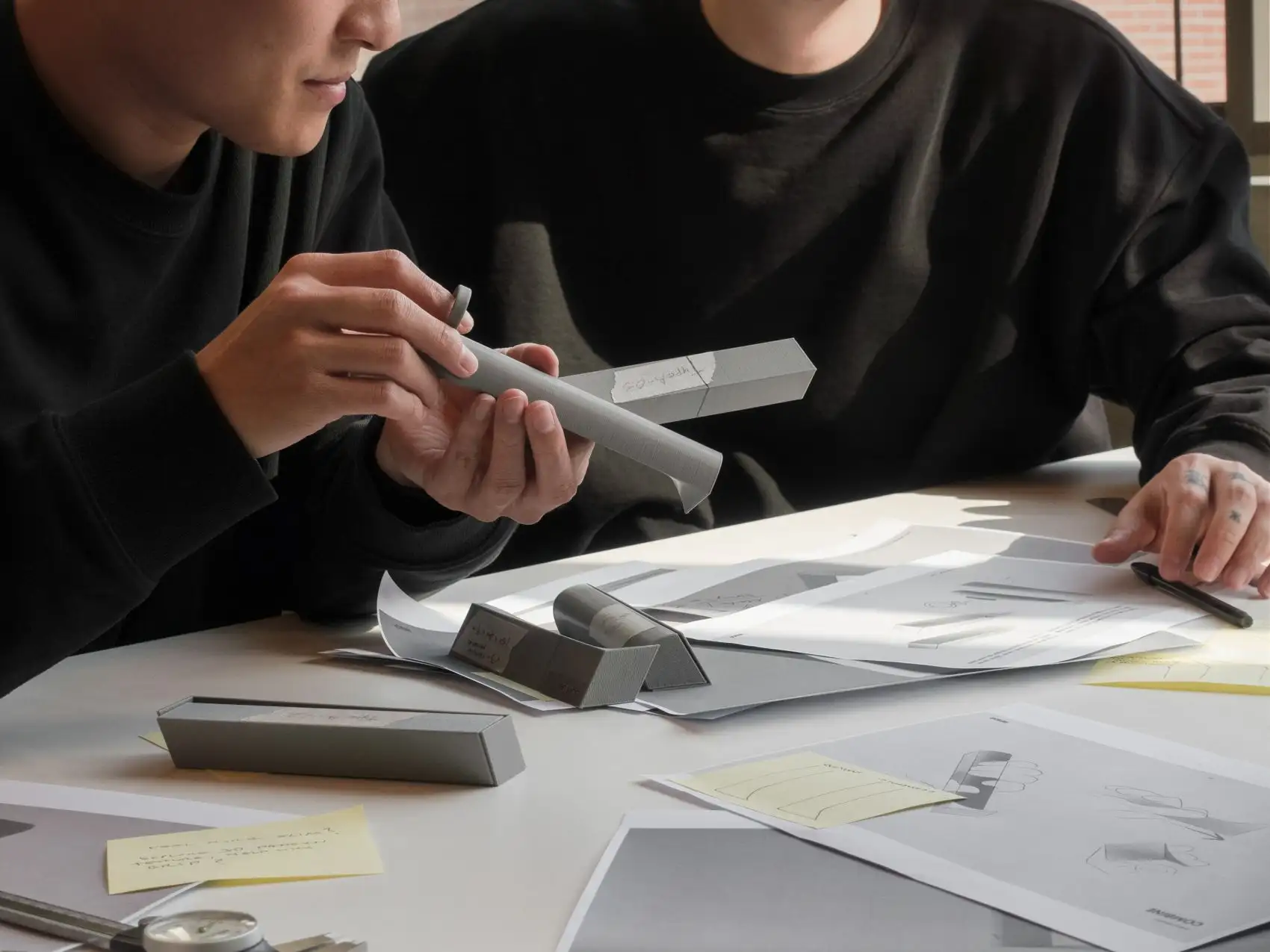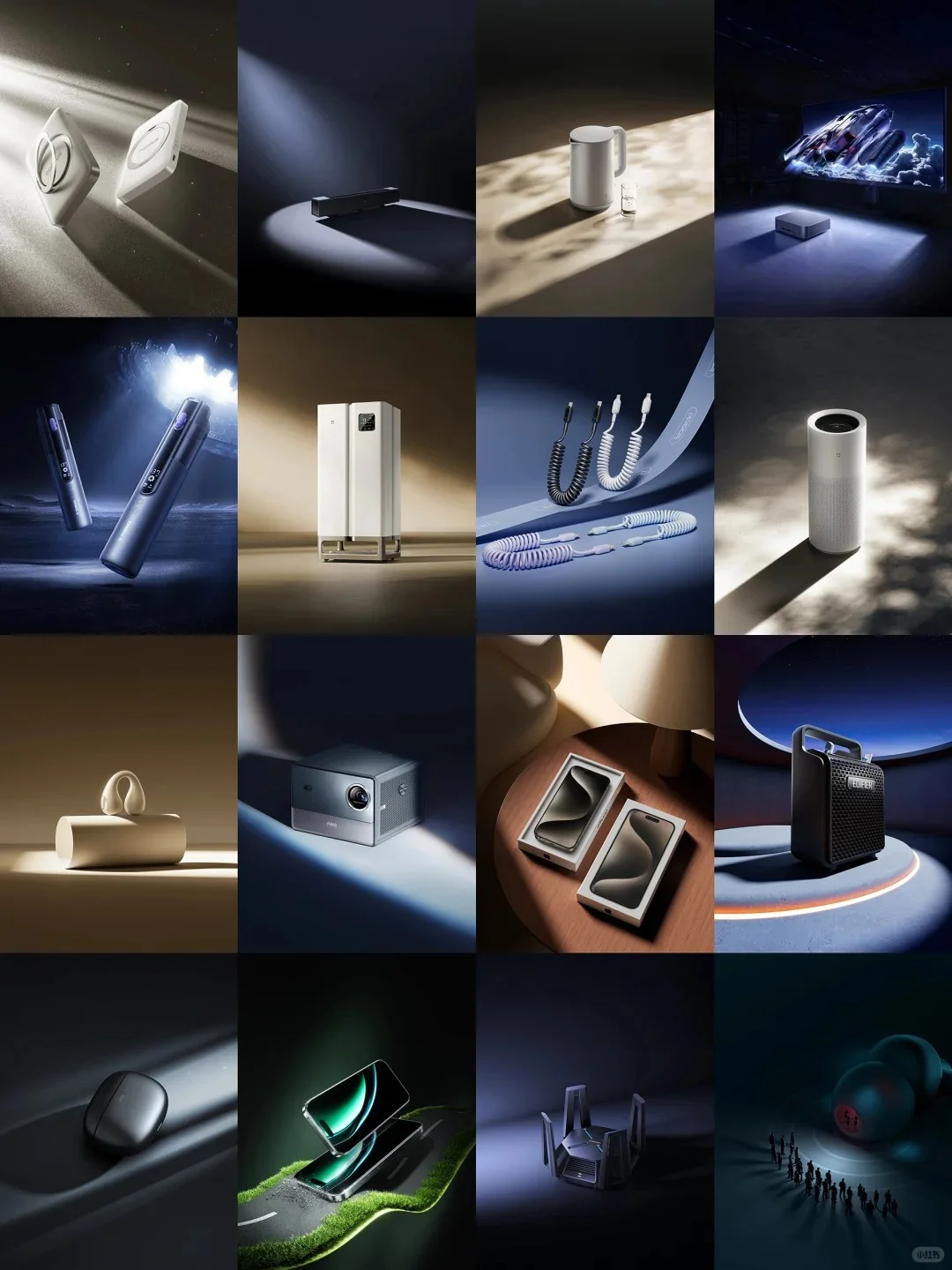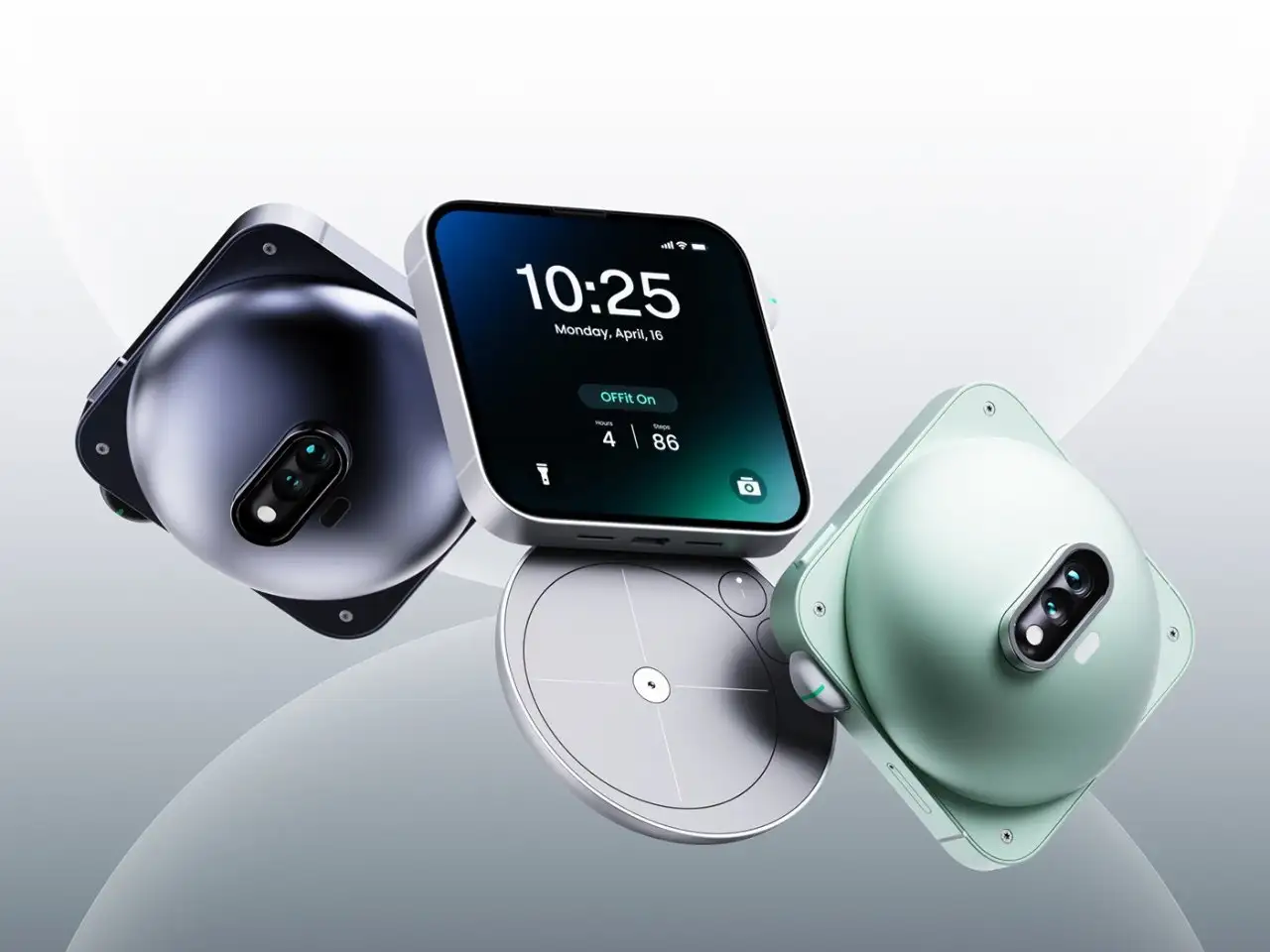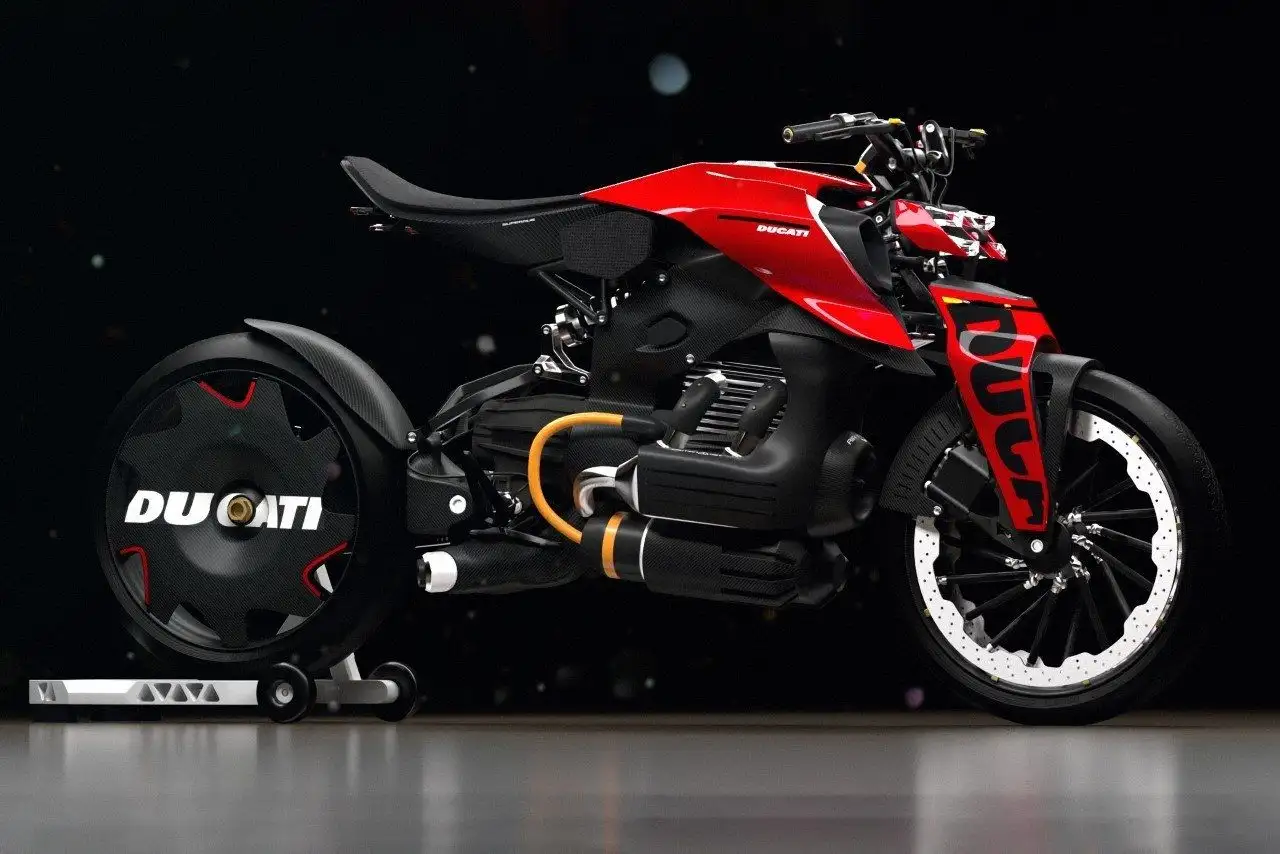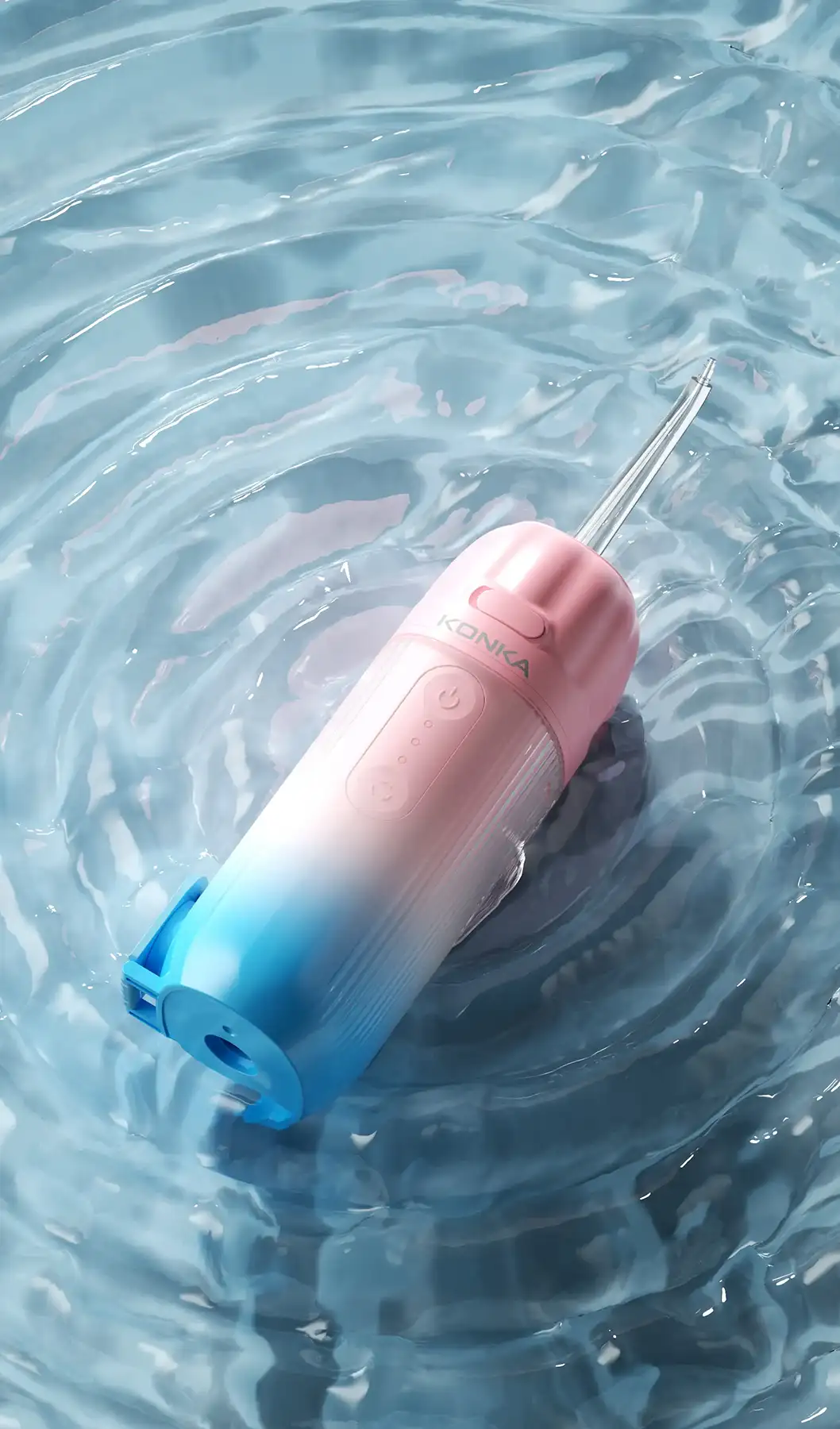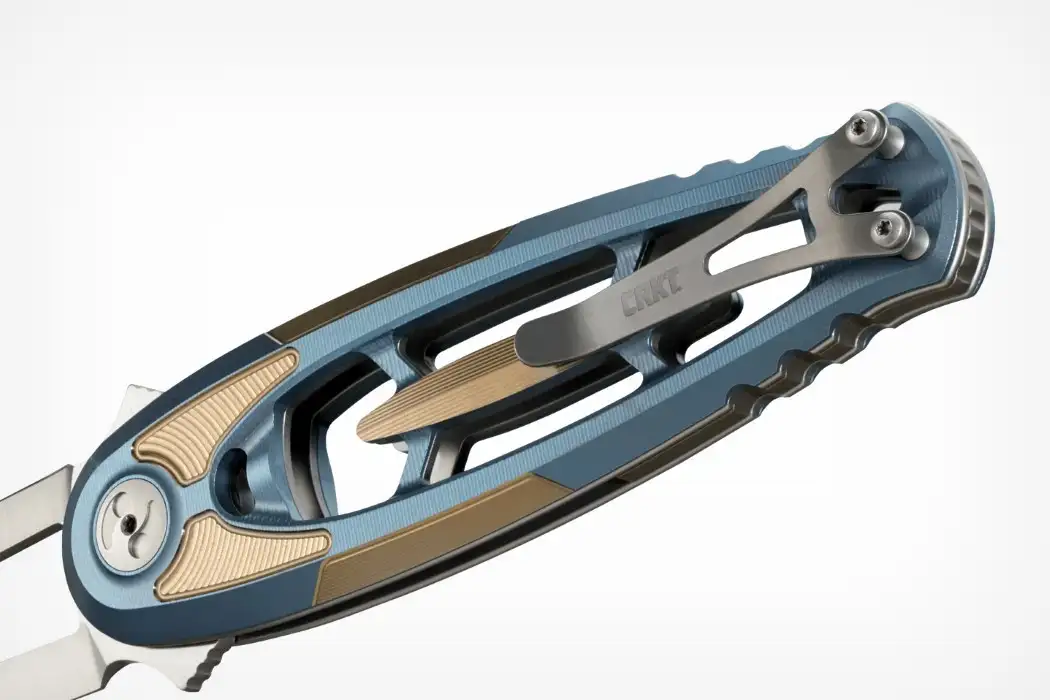NINEIDEA:深圳产品设计思维想要跳出屏幕拓宽视野,这座城市的多元空间早已备好灵感盛宴。以下是一些能让产品设计师自由呼吸的宝藏地,既有传统与现代交织的文化场域,也有前沿科技与艺术碰撞的创新聚落。
一、设计与艺术的灵感殿堂
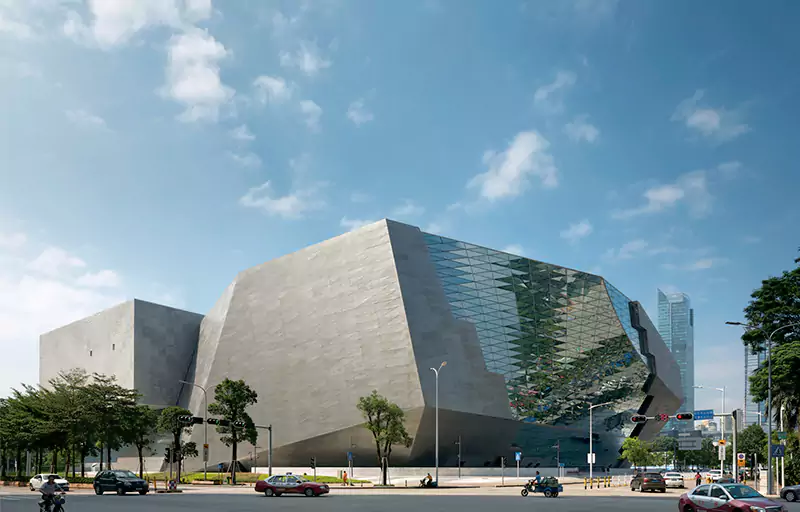
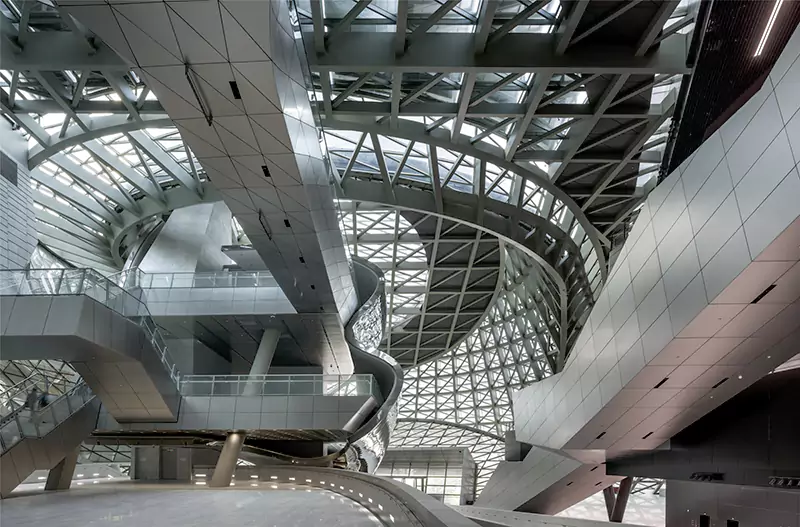
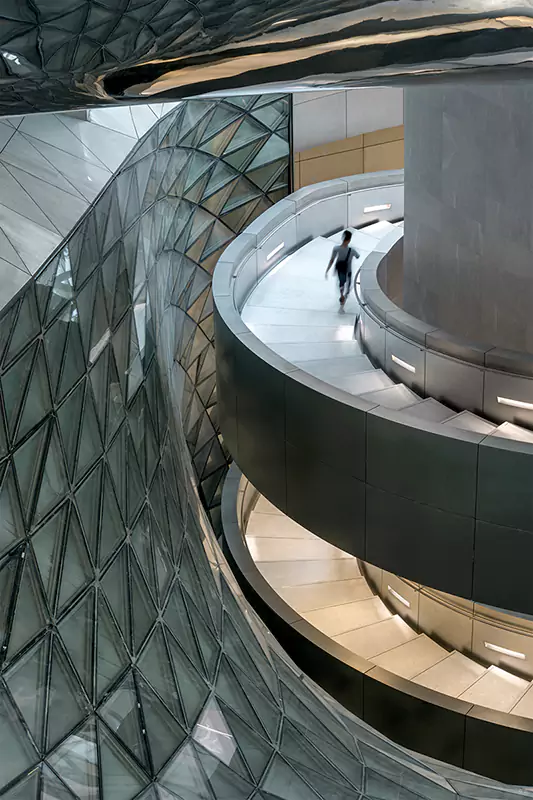
深圳市当代艺术与城市规划馆
这里是设计与艺术的跨界试验场。近期薛松的 “自然 – 非然” 个展将物理自然与数字自然并置,通过波普拼贴与抽象表现手法探讨人类与科技的关系。常设的 “大潮起珠江” 改革开放展览则以实物、影像、装置等多维形式,呈现深圳从渔村到科创之都的蜕变,为产品设计提供历史纵深与城市叙事灵感。馆内不定期举办的 “真实的拓扑:媒体艺术展” 等付费特展,常邀请国际先锋艺术家与设计师共创,带来沉浸式的交互体验。
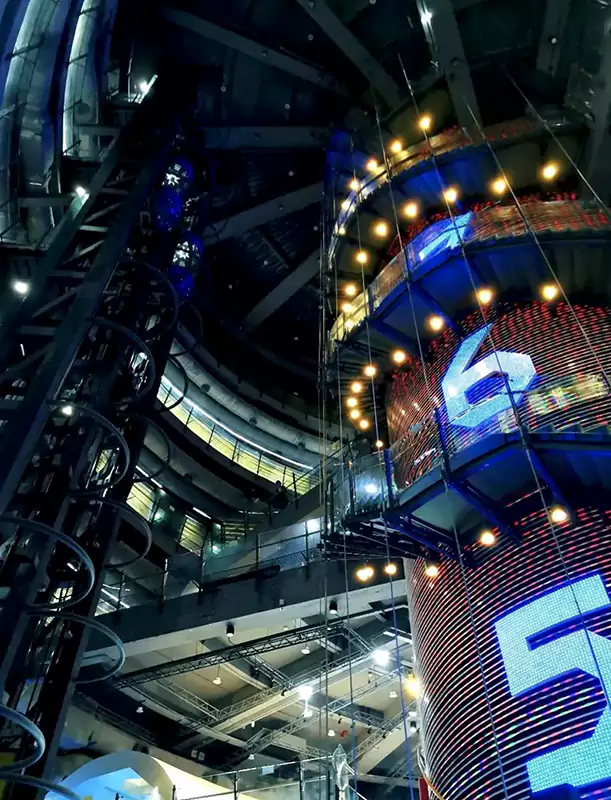
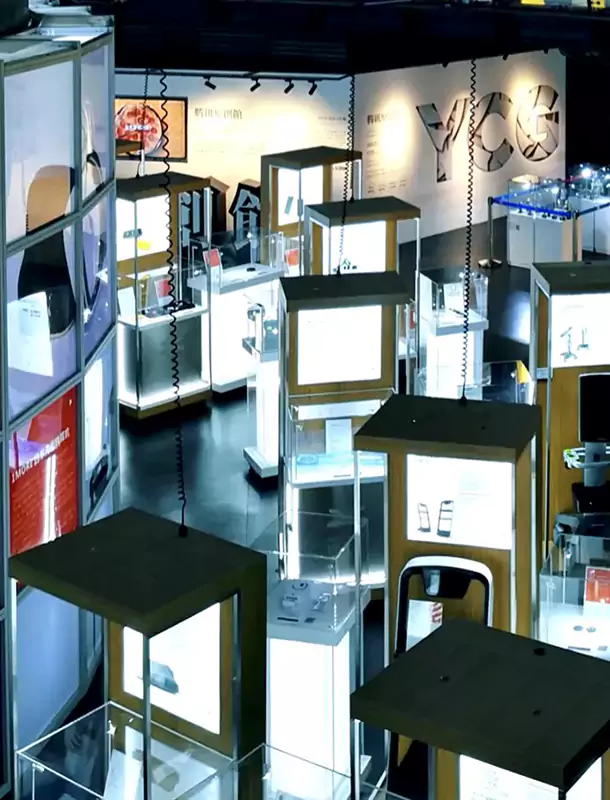
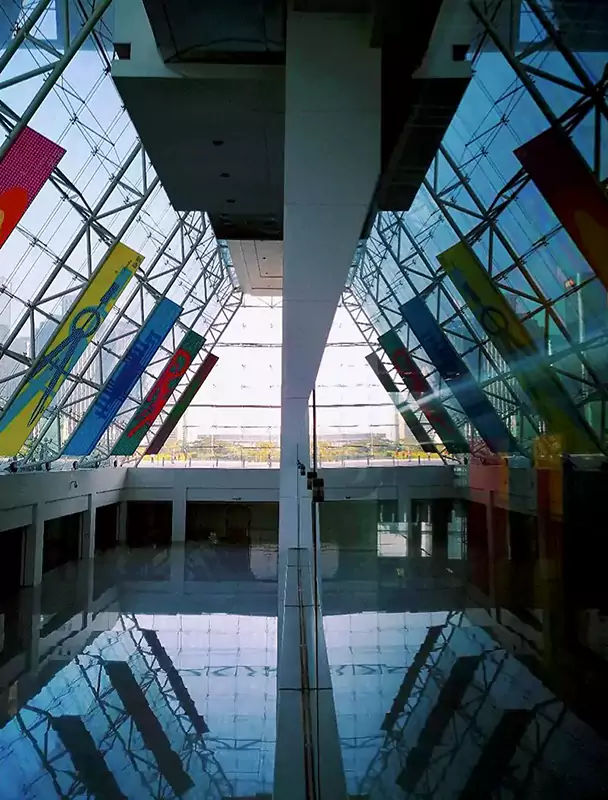
深圳工业设计博物馆
藏身于福田区的这座博物馆,用 “吉金春秋” 铜器展、“问陶之旅” 陶瓷展等常设展览,串联起从传统工艺到现代智造的脉络。近期举办的 “钟鼎铭盛世 —— 中国古代青铜文明” 特展,通过纹样解析与工艺还原,为设计师提供传统文化符号现代化转译的范本。馆内还设有材料图书馆,可触摸体验不同质感的工业材料,激发 CMF(色彩、材料、工艺)创新思路。
-1.webp)
-3.webp)
-2.webp)
华侨城创意文化园(OCT-LOFT)
作为文博会分会场,这里常年举办 “T 街创意市集”,汇聚 80 余家本土文创品牌,从手作陶瓷到原创香氛,展现设计与生活美学的融合。园区内的旧天堂书店藏有大量设计类原版书籍,定期举办 “BIGGER 艺术书展”,集合独立出版、插画艺术与跨界创作,形成 “书展 + 工作坊 + 展览” 的立体体验。漫步其间,还能偶遇 “游托邦 PLAYSCAPES” 等户外装置艺术,感受公共空间的设计巧思。
二、产业前沿的沉浸式课堂
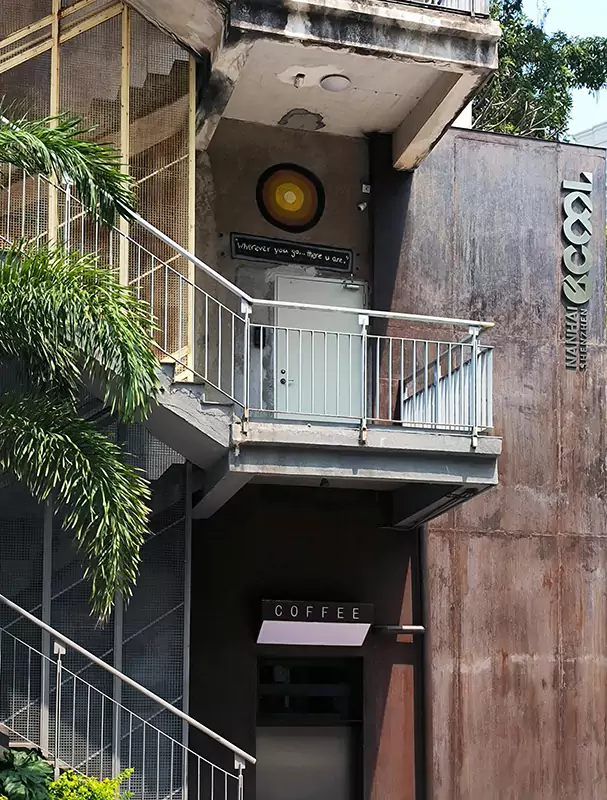

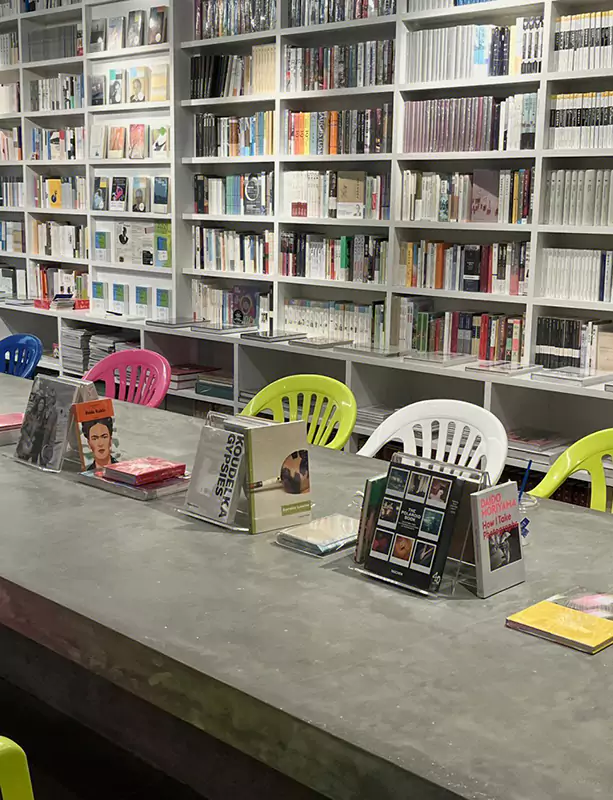
南海意库设计师工作室
南山区的这个创意园区不仅是办公空间,更是行业交流的枢纽。近期举办的 AI 创意设计沙龙,邀请来画品牌视觉总监解析 AI 在数字人创作中的应用,设计师可现场学习如何用 Midjourney 生成产品概念图,用 DALL-E 3 优化细节。园区内的八位堂科技工作室,作为微软合作方,展示了游戏手柄从草图到量产的全流程,其 “设计前置” 的研发模式值得借鉴。
T3 创意大厦
宝安大道旁的这座设计产业综合体,堪称 “设计师的立体教科书”。国际商务艺术酒店的客房由 20 余位知名设计师操刀,从新中式到赛博朋克风格各异,入住即可沉浸式体验空间设计逻辑。大厦内的原创室内设计体验中心,每年更新 30 间风格迥异的主题空间,近期展出的 “洞穴” 主题展厅,通过仿生结构与智能照明的结合,探索极端环境下的居住解决方案。
深圳湾一号与天元 One Palace
作为深圳豪宅设计标杆,前者由 KPF、Kelly Hoppen 等国际团队打造,其空中会所的曲面玻璃幕墙与垂直绿化系统,展现了建筑与自然的共生智慧;后者则以 “城市核心资产” 为定位,通过模块化收纳系统与智能家居集成,重新定义高端住宅的功能美学2。设计师可通过十堂课游学营等专业活动,深入参访并与 CCD 郑中设计事务所等团队交流,拆解顶级项目的设计密码。
三、跨界碰撞的创意磁场
深圳设计周与设计深圳博览会
2025 年深圳设计周以 “设计让生活更美好” 为主题,整合米兰双城时尚周、深港澳数字设计三城展等 20 余场活动,形成 “主展场 + 分展场 + 星展场” 的全域矩阵。同期举办的 “设计深圳” 博览会,将设消费科技馆与豪宅设计馆,展示近 200 个国际品牌的前沿产品,如日本 G Mark “最佳 100” 获奖作品、Nothing 团队的智能家居设计等,覆盖从概念到量产的全链条创新1314。
TTF AI 珠宝设计大师班
水贝珠宝商圈的这场工作坊,用 AI 将设计周期压缩 80%。学员通过输入 “凤凰 + 太极” 等关键词,10 分钟即可生成 30 + 款胸针方案,再结合 3D 打印与传统珐琅工艺快速打样。近期结业作品 “翼合天成”,通过 AI 生成的羽毛动态结构与手工錾刻的太极纹样结合,最终以 4.8 万美元成交,印证了 “AI 辅助 + 工艺深耕” 的设计新范式。
南油原创设计师街区
这里是时尚设计的 “试验田”。聚道独立设计师平台联合金晖、上上城等机构打造的南油时装周,每年孵化超 50 个本土品牌。设计师可参与 “南油原创品牌 IP 孵化中心” 的数字化课程,学习如何通过短视频矩阵与虚拟试衣技术,将一件原创连衣裙的线上曝光量提升 300%。街区内的面料图书馆,还提供竹纤维、再生尼龙等可持续材料的免费打样服务。
四、自然与城市的灵感源泉
大鹏半岛地质公园
七娘山的火山岩肌理、杨梅坑的海蚀地貌,为仿生设计提供天然样本。设计师可跟随地质学家徒步,观察岩石层理与海浪侵蚀痕迹,启发产品结构设计的力学美感。公园内的 “地质科普馆”,通过互动装置展示板块运动与矿物形成过程,为科技产品的视觉语言创新提供灵感。
深圳湾滨海休闲带
从红树林湿地到人才公园,这条 15 公里的滨海长廊藏着丰富的设计细节:超级工程 “湾区之光” 摩天轮的流线型结构、“春茧” 体育馆的钢结构表皮、大疆总部大楼的无人机仿生造型。傍晚时分,漫步至欢乐海岸,可欣赏建筑与水幕投影结合的 “深蓝秘境” 灯光秀,感受科技与人文的共生美学。
坪山雕塑艺术创意园
旧工业厂房改造的艺术聚落,保留了红砖墙与爬藤植物的历史痕迹。主场馆通过下挖 1.5 米形成高净空展厅,巧妙解决层高限制问题,这种 “内向挖掘” 的改造策略,为设计师处理空间限制提供新思路。园区定期举办的 “雕塑与科技” 工作坊,会教授 3D 扫描与数控雕刻技术,将传统工艺与数字制造结合。
五、日常灵感的隐秘角落
南海意库的咖啡实验室
园区内的Arabica咖啡馆,其 “咖啡渣再生材料” 桌椅由本地设计师用工业废料制成,表面的颗粒质感与咖啡香气形成通感体验。设计师可在此观察材料的二次生命,也可参加每月一次的 “咖啡渣创意工作坊”,学习如何将废弃物转化为设计原料。
华强北博物馆
入口处的 “芯片城市” 光影装置,用 20 万颗电子元件重构华强北的天际线。馆内 “创业梦” 展区陈列着早期山寨手机的设计手稿,这些曾被视为 “抄袭” 的产品,实则蕴含着对市场需求的精准捕捉 —— 可拆卸电池、双卡双待等设计,至今仍是智能硬件的重要参考。
二手市场的逆向设计
福永家私城的旧物仓,堆满 80 年代的电话机、90 年代的收音机。设计师可在此拆解老式家电,研究其旋钮阻尼感、按键行程等交互细节,为现代产品的复古设计提供依据。近期有设计师团队将老式电视外壳改造成蓝牙音箱,在电商平台月销超千台,印证了 “旧物新解” 的商业潜力。
深圳的设计灵感藏在城市肌理的每个褶皱里:可能是南海意库咖啡馆里的 AI 设计沙龙,可能是华侨城创意园深夜亮灯的工作室,也可能是大梅沙海边一块被海浪打磨的礁石。关键是保持好奇,用设计师的眼睛重新发现这座城市 —— 毕竟,最好的设计课,永远在现场。
Shenzhen product design thinking, designer offline inspiration map
NINEIDEA: Shenzhen’s product design thinking wants to jump out of the screen and broaden its vision. The city’s diversified space has already been ready for inspiration. Here are some treasure trove places where product designers can breathe freely, including cultural fields where tradition and modernity intertwine, as well as innovative settlements where cutting-edge technology and art collide.
1、 The Hall of Inspiration for Design and Art
Shenzhen Museum of Contemporary Art and Urban Planning
This is a cross-border testing ground for design and art. Recently, Xue Song’s solo exhibition “Nature Non Nature” juxtaposes physical nature with digital nature, exploring the relationship between humans and technology through pop collage and abstract expression techniques.
The permanent “the Pearl River Rising from the Spring Tide” reform and opening exhibition presents Shenzhen’s transformation from a fishing village to a scientific and creative city in multi-dimensional forms such as physical objects, images, and devices, providing historical depth and urban narrative inspiration for product design. The paid special exhibitions such as “Real Topology: Media Art Exhibition” held irregularly in the museum often invite international avant-garde artists and designers to co create immersive interactive experiences.
Shenzhen Industrial Design Museum
This museum hidden in Futian District connects the traditional craftsmanship to modern intelligent manufacturing through permanent exhibitions such as the “Jijin Chunqiu” bronze ware exhibition and the “Wentao Journey” ceramic exhibition. The recent special exhibition “Zhong Dingming’s Flourishing Age – Ancient Chinese Bronze Civilization” provides designers with a template for modern translation of traditional cultural symbols through pattern analysis and craftsmanship restoration. There is also a materials library in the museum, where you can touch and experience industrial materials of different textures, inspiring innovative ideas in CMF (color, materials, craftsmanship).
OCT LOFT Creative Culture Park
As a sub venue of the China International Cultural and Creative Expo, this place hosts the “T Street Creative Market” year-round, gathering more than 80 local cultural and creative brands to showcase the integration of design and lifestyle aesthetics, from handmade ceramics to original fragrances. The Old Heaven Bookstore in the park houses a large number of original design books and regularly holds the “BIGGER Art Book Fair”, which combines independent publishing, illustration art, and cross-border creation to create a three-dimensional experience of “book fair+workshop+exhibition”. Strolling along, you can also encounter outdoor installation art such as “Youtuobang PLAYSCAPES” and experience the ingenious design of public spaces.
2、 Immersive classroom at the forefront of the industry
Nanhai Yiku Designer Studio
This creative park in Nanshan District is not only an office space, but also a hub for industry exchange. The recently held AI Creative Design Salon invited brand visual directors to analyze the application of AI in digital human creation. Designers can learn on-site how to generate product concept maps using Midjourney and optimize details using DALL-E 3. The Eight Hall Technology Studio in the park, as a Microsoft partner, showcased the entire process of game controllers from sketches to mass production, and its “pre design” research and development model is worth learning from.
T3 Creative Building
This design industry complex next to Bao’an Avenue can be called a “three-dimensional textbook for designers”. The rooms of the International Business Art Hotel are designed by over 20 renowned designers, ranging from New Chinese to Cyberpunk styles, providing an immersive experience of spatial design logic upon check-in. The original interior design experience center inside the building updates 30 themed spaces with different styles every year. The recently exhibited “Cave” themed exhibition hall explores living solutions in extreme environments through the combination of biomimetic structures and intelligent lighting.
Shenzhen Bay No.1 and Tianyuan One Palace
As a benchmark for luxury housing design in Shenzhen, the former was created by international teams such as KPF and Kelly Hoppen. The curved glass curtain wall and vertical green system of its aerial clubhouse showcase the symbiotic wisdom of architecture and nature; The latter is positioned as a “core asset of the city” and redefines the functional aesthetics of high-end residential properties through the integration of modular storage systems and smart homes. Designers can participate in professional activities such as ten class study tours, in-depth visits, and communicate with teams such as CCD Zhengzhong Design Firm to decipher the design codes of top-level projects.
3、 The creative magnetic field of cross-border collision
Shenzhen Design Week and Design Shenzhen Expo
The theme of Shenzhen Design Week in 2025 is “Design makes life better”, integrating more than 20 events such as Milan Fashion Week and Shenzhen Hong Kong Macao Digital Design Three City Exhibition, forming a comprehensive matrix of “main exhibition hall+sub exhibition hall+star exhibition hall”. The “Design Shenzhen” Expo, held concurrently, will feature a consumer technology museum and a luxury home design museum, showcasing cutting-edge products from nearly 200 international brands, such as Japan’s G Mark “Best 100” award-winning works and Nothing team’s smart home design, covering the entire chain of innovation from concept to mass production.
TTF AI Jewelry Design Master Class
This workshop in the Shuibei Jewelry Business District uses AI to compress the design cycle by 80%. Students can generate 30+brooch designs in 10 minutes by entering keywords such as “Phoenix+Tai Chi”, and then combine 3D printing with traditional enamel technology to quickly make samples. The recent graduation project “Wing Harmony Tiancheng” was sold for $48000 by combining AI generated feather dynamic structures with hand carved Tai Chi patterns, confirming the new design paradigm of “AI assisted+deep craftsmanship”.
Nanyou Original Designer Block
This is a ‘testing ground’ for fashion design. The South Oil Fashion Week, jointly created by Judao Independent Designer Platform, Jinhui, Shangcheng and other institutions, incubates over 50 local brands every year. Designers can participate in the digital course of the “Nanyou Original Brand IP Incubation Center” to learn how to increase the online exposure of an original dress by 300% through short video matrix and virtual fitting technology. The fabric library in the neighborhood also provides free sampling services for sustainable materials such as bamboo fiber and recycled nylon.
4、 The source of inspiration for nature and cities
Dapeng Peninsula Geopark
The volcanic rock texture of Qiniang Mountain and the sea eroded landforms of Yangmeikeng provide natural samples for biomimetic design. Designers can follow geologists on foot to observe rock bedding and wave erosion traces, inspiring the mechanical beauty of product structural design. The “Geological Science Popularization Museum” in the park showcases the process of plate movement and mineral formation through interactive installations, providing inspiration for the visual language innovation of technological products.
Shenzhen Bay Coastal Leisure Belt
From the mangrove wetland to the talent park, this 15 kilometer coastal corridor hides rich design details: the streamlined structure of the super engineering “Bay Area Light” Ferris wheel, the steel structure skin of the “Spring Cocoon” sports arena, and the biomimetic shape of the DJI headquarters building. In the evening, stroll to the Happy Coast and enjoy the “Deep Blue Secret Realm” light show that combines architecture and water curtain projection, experiencing the symbiotic aesthetics of technology and culture.
Pingshan Sculpture Art Creative Park
The art settlement transformed from an old industrial factory retains the historical traces of red brick walls and climbing vines. The main venue is excavated 1.5 meters to form a high clearance exhibition hall, cleverly solving the problem of floor height limitation. This “inward excavation” renovation strategy provides new ideas for designers to deal with space limitations. The “Sculpture and Technology” workshop held regularly in the park teaches 3D scanning and CNC carving techniques, combining traditional craftsmanship with digital manufacturing.
5、 The Hidden Corner of Daily Inspiration
Coffee Laboratory of Nanhai Yiku
The Arabica caf é in the park features tables and chairs made from recycled coffee grounds made from industrial waste by local designers. The granular texture on the surface and the aroma of coffee create a sensory experience. Designers can observe the secondary life of materials here, or participate in the monthly “Coffee Residue Creative Workshop” to learn how to convert waste into design materials.
Huaqiangbei Museum
The “Chip City” light and shadow installation at the entrance reconstructs the skyline of Huaqiangbei with 200000 electronic components. The “Entrepreneurial Dreams” exhibition area in the museum displays design manuscripts of early knockoff mobile phones, which were once seen as “plagiarized” products, but actually contain precise capture of market demand – designs such as detachable batteries and dual SIM dual standby, which are still important references for smart hardware today.
Reverse design in the second-hand market
The old warehouse of Fuyong Private City is filled with telephones from the 1980s and radios from the 1990s. Designers can dismantle old-fashioned household appliances here, study their knob damping, button travel and other interactive details, providing a basis for the retro design of modern products. Recently, a team of designers has transformed an old TV casing into a Bluetooth speaker, selling over a thousand units on e-commerce platforms, confirming the commercial potential of “old things come new”.
The design inspiration of Shenzhen is hidden in every fold of the city’s texture: it could be the AI design salon in the Nanhai Yiku Cafe, the studio that lights up late at night in the Overseas Chinese Town Creative Park, or a rocky reef polished by waves on the beach of Dameisha. The key is to remain curious and rediscover this city with the eyes of a designer – after all, the best design lessons are always on-site.










